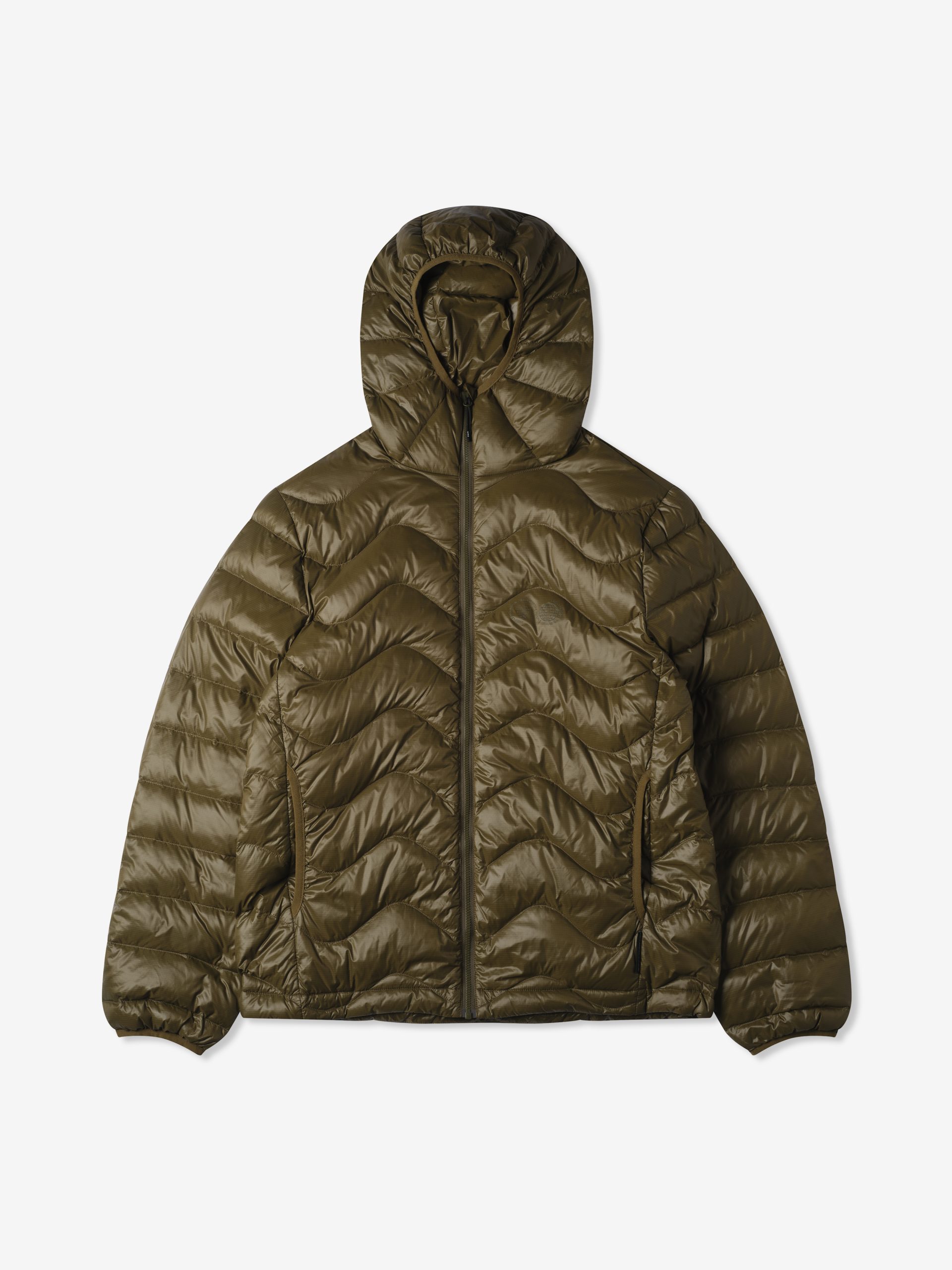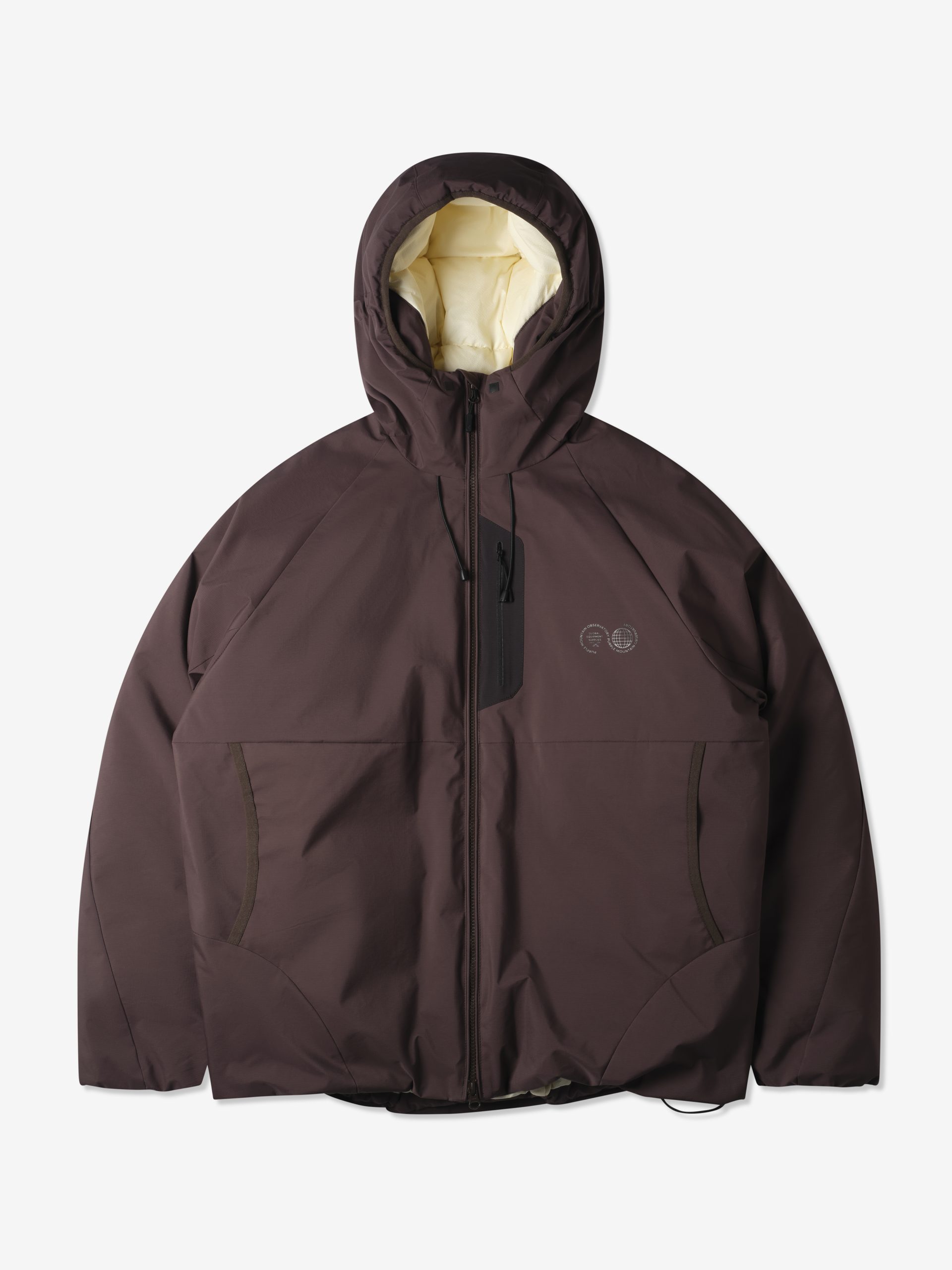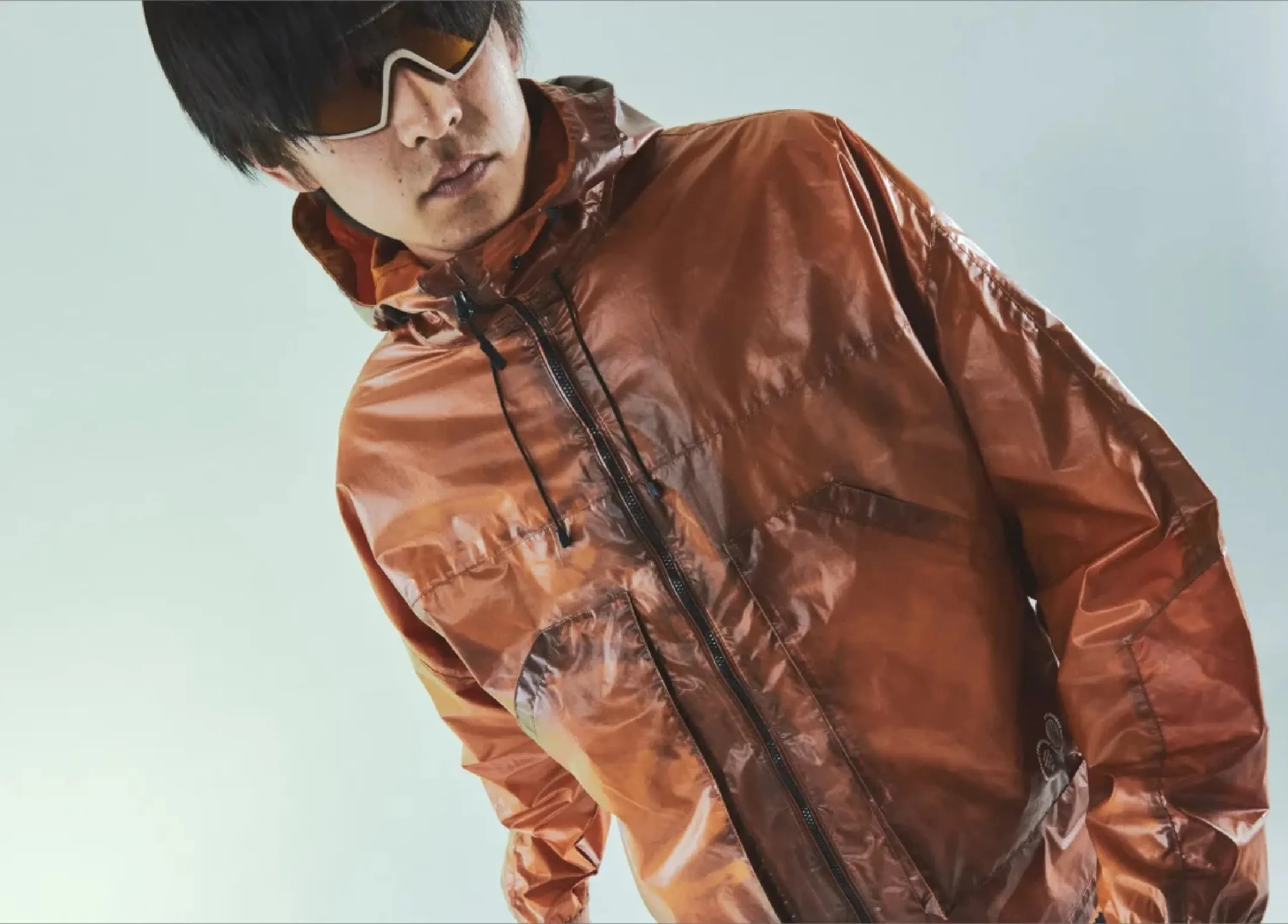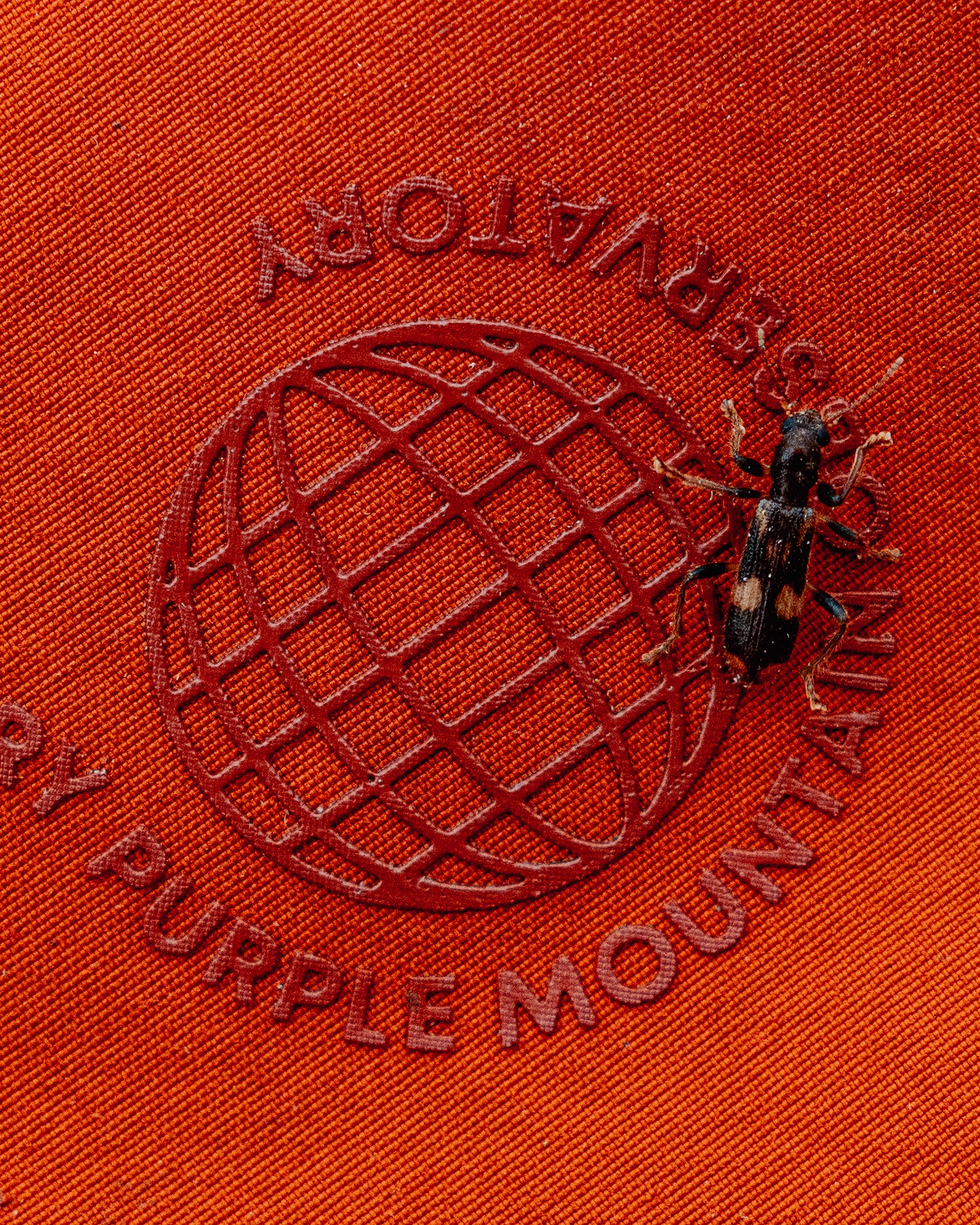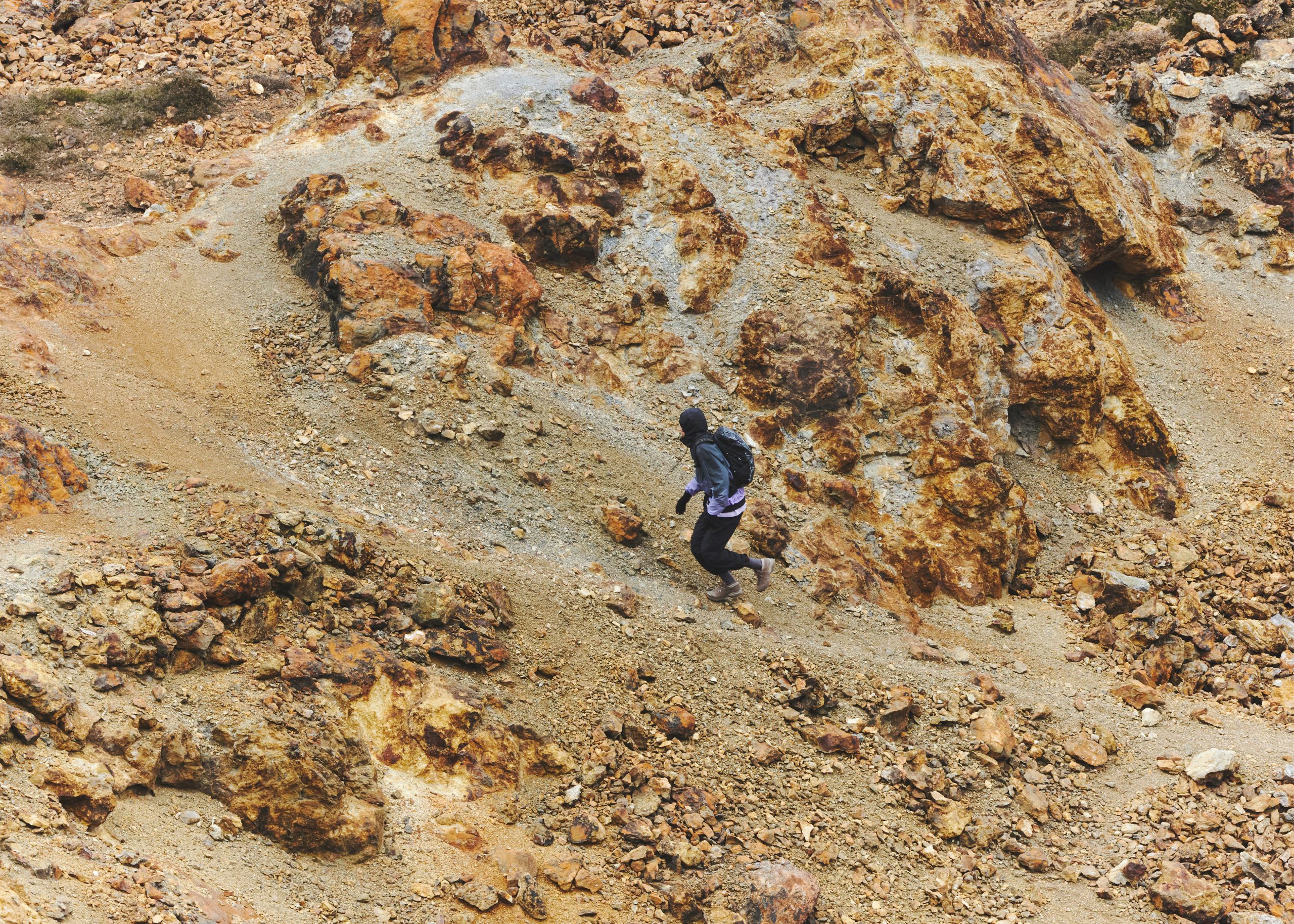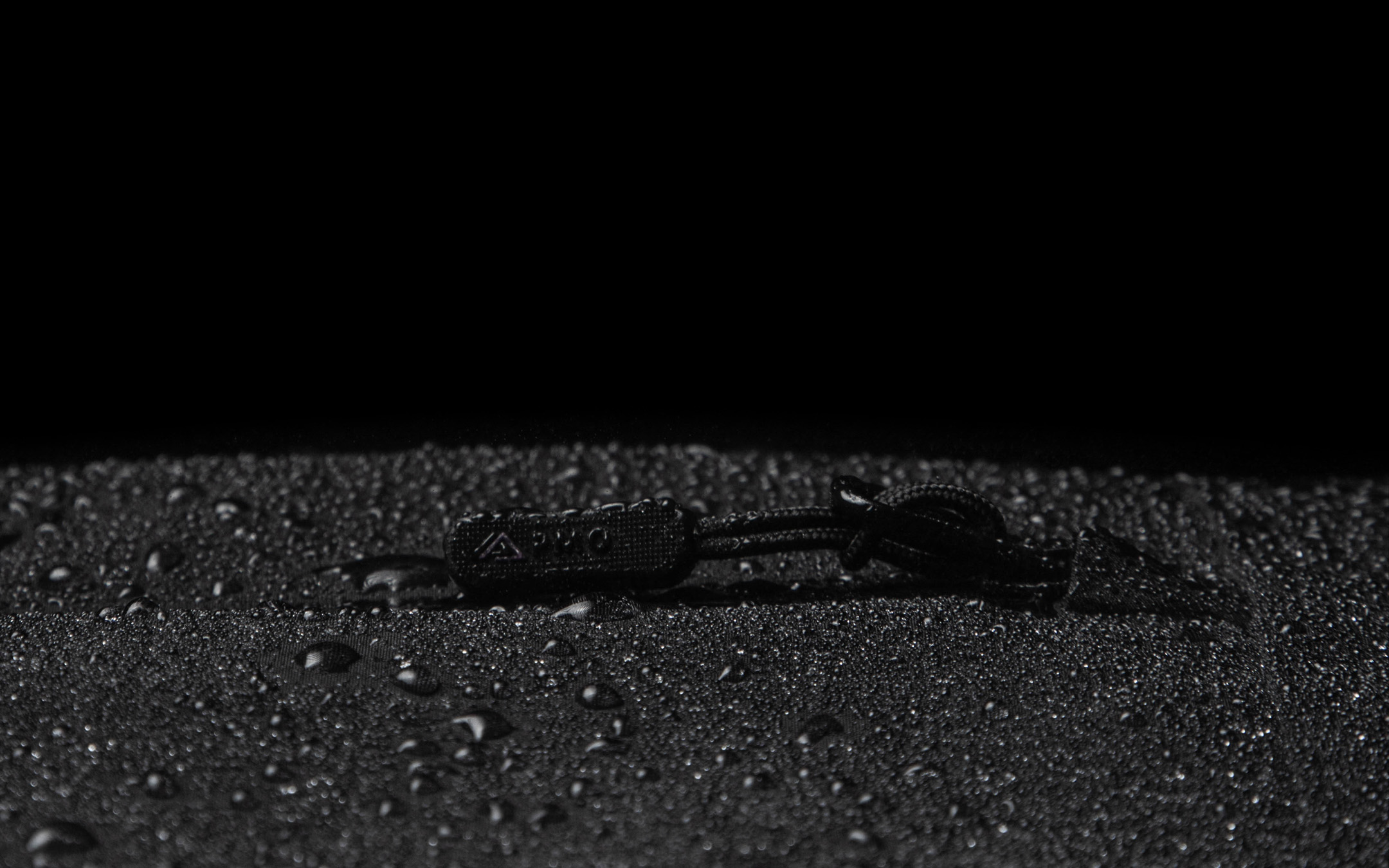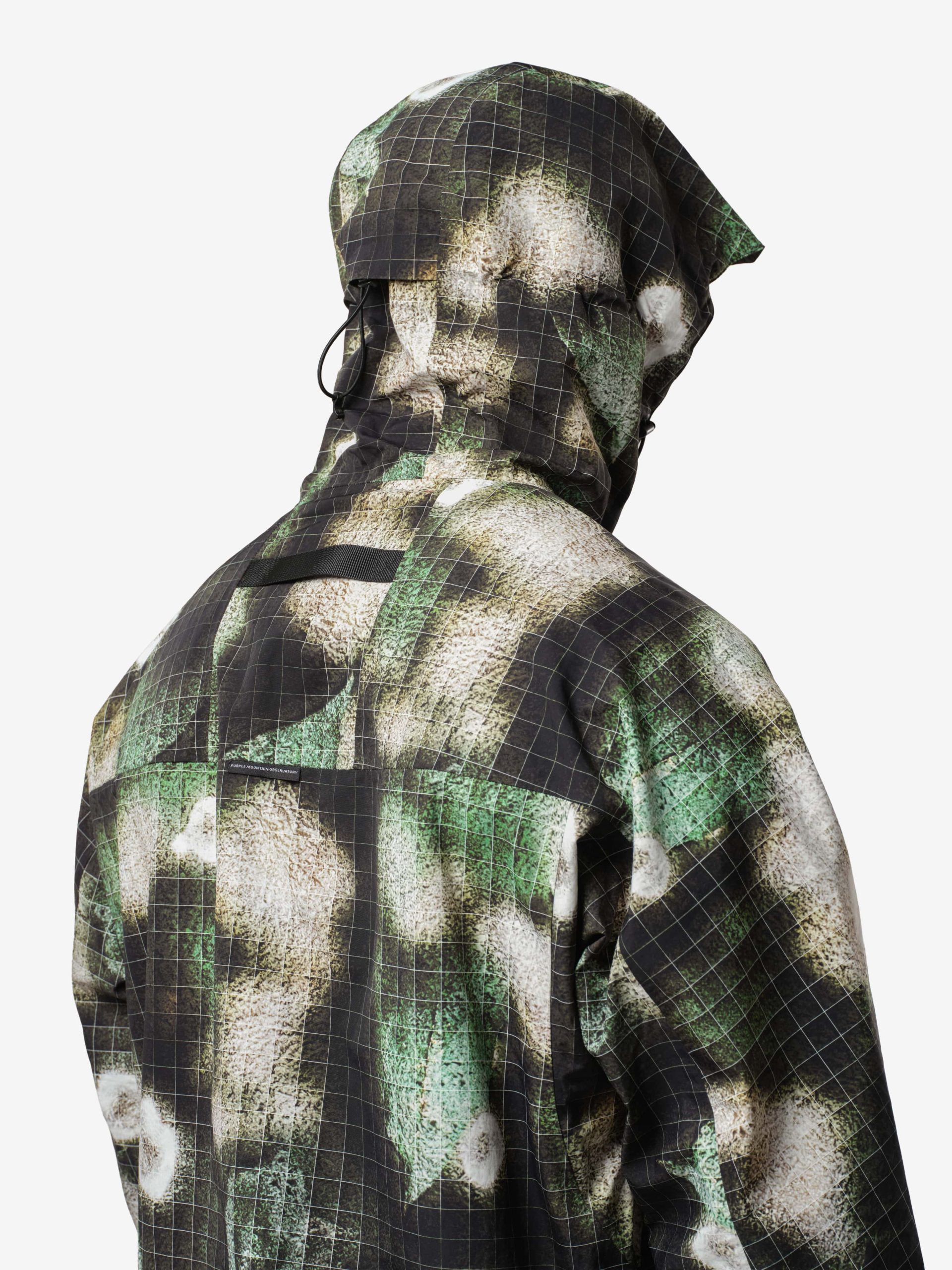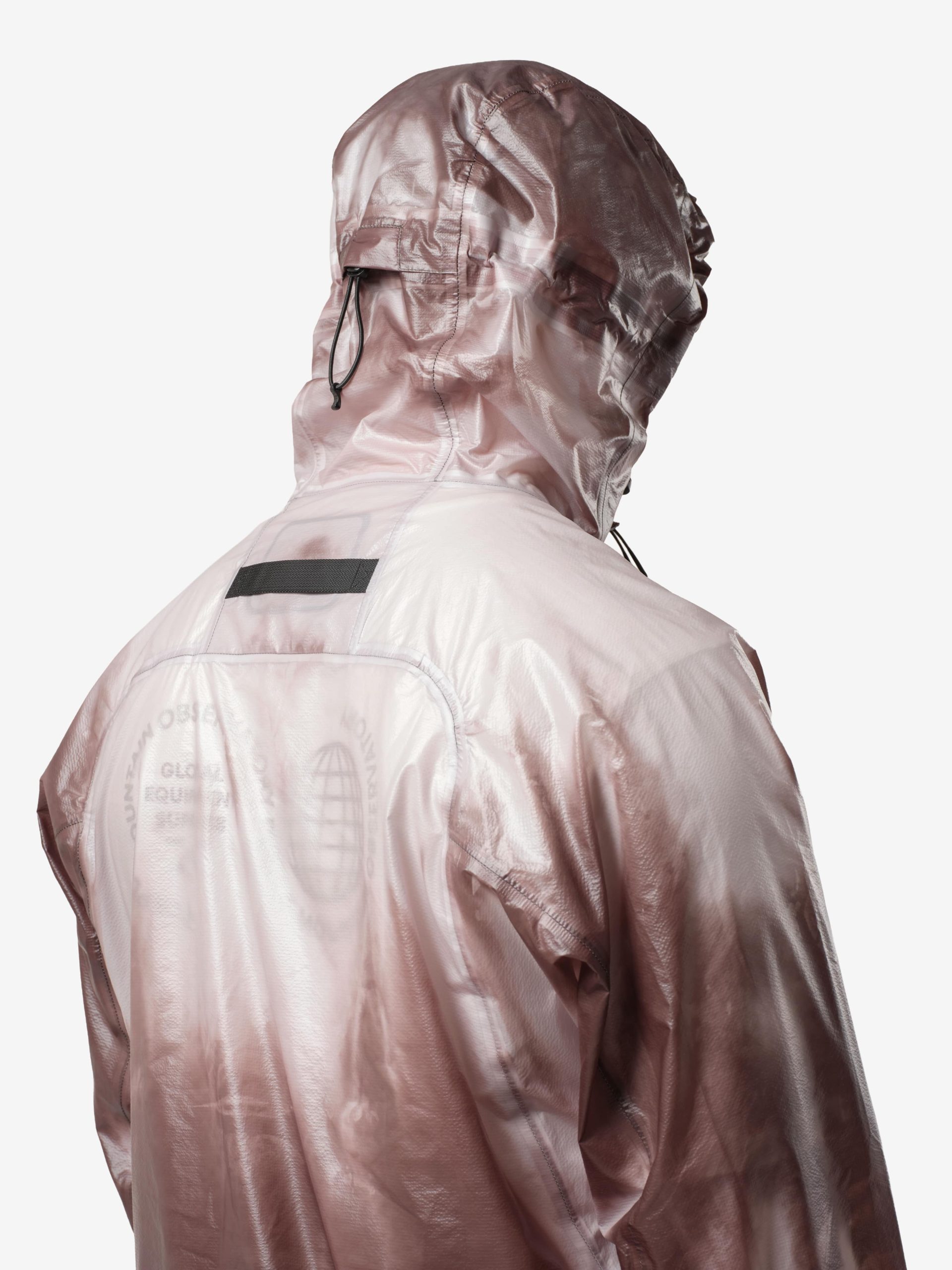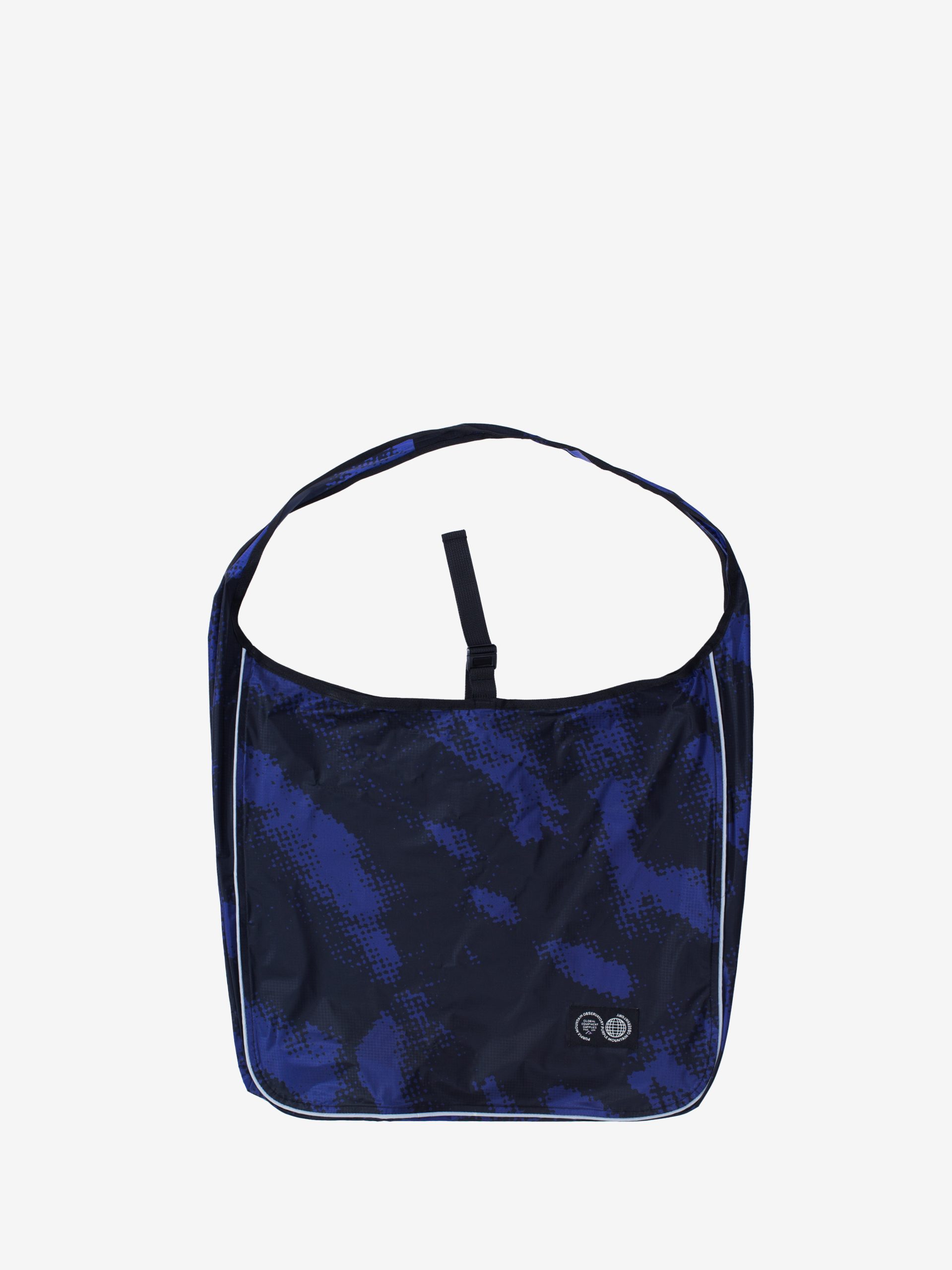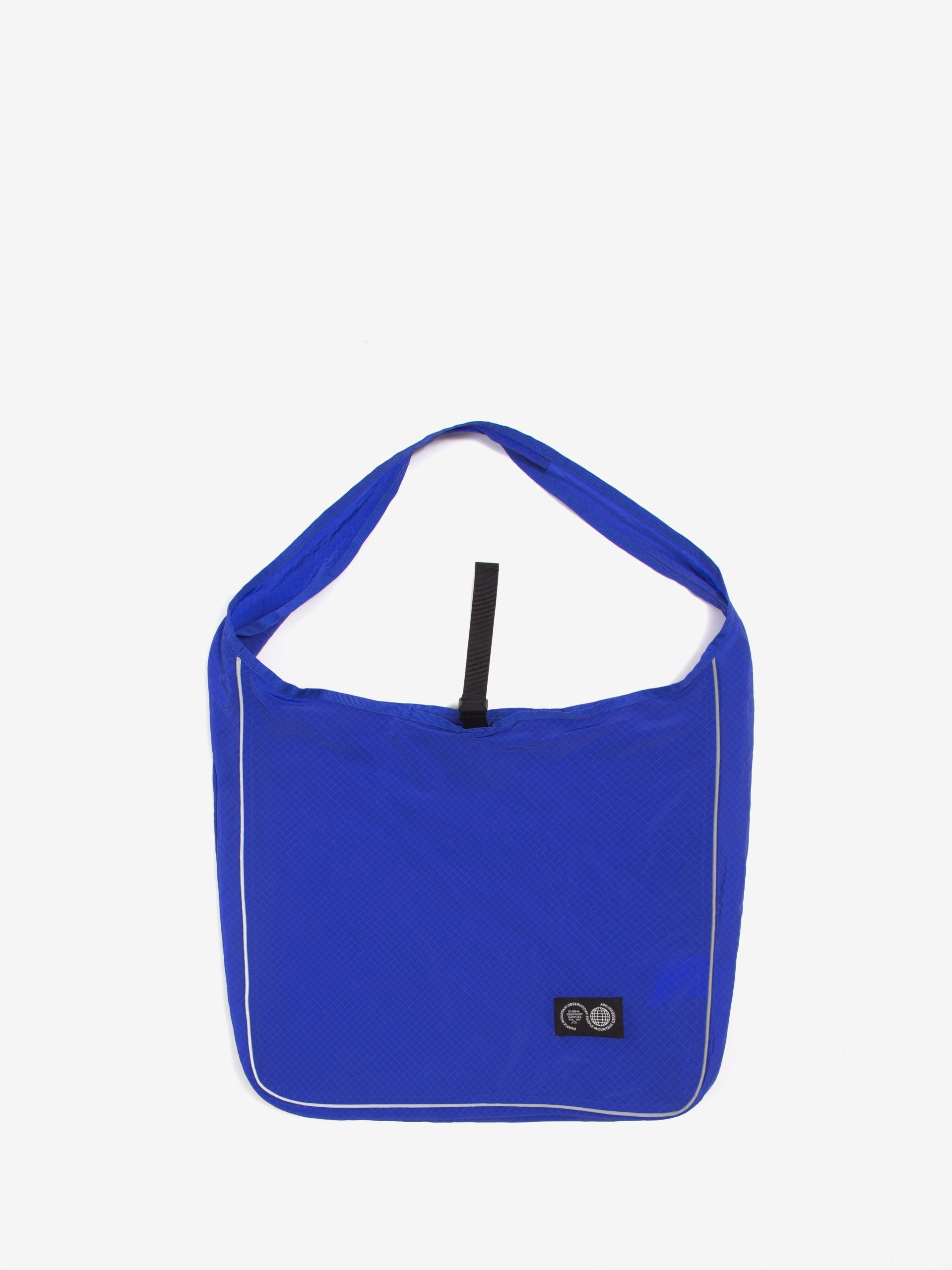Understanding Warmth: A Guide to Puffer Jackets
Understanding Warmth: A Guide to Puffer Jackets
When the temperature drops and the air turns sharp, the puffer jacket becomes the defining layer between comfort and cold. But not all insulation is created equal.
“Down or synthetic?” is the question most people face when choosing an outdoor jacket, and the right answer depends less on trend and more on intended use, climate, and longevity.
At Purple Mountain Observatory, we’ve built our insulated range on that balance; warmth that works on the move, materials that respect the environment, and silhouettes that carry seamlessly from field to city.
Here’s a closer look at how insulation really works, and what to look for when buying your next puffer.
Down vs Synthetic: What’s the Difference?
Down insulation comes from the soft under-feathers of ducks or geese. Its structure creates countless tiny air pockets that trap body heat, nature’s most efficient thermal insulator.
The main advantage is warmth-to-weight ratio: a down jacket can deliver remarkable heat while remaining lightweight and compressible. It’s ideal for cold, dry environments where packability and thermal performance matter most.
However, moisture is its weakness. When wet, down clumps together, losing its loft (and therefore its warmth). That’s why we use hydrophobic or treated down that resists moisture longer. But prolonged exposure to rain will still outperform synthetic fill.
See our Shield Puffer & Waves Hooded Puffer
Synthetic insulation, often made from fine polyester fibres, mimics the structure of down but retains heat even when damp. It dries faster, handles sweat and rain better, and generally costs less.
While slightly bulkier and heavier than premium down, its reliability in unpredictable weather makes it ideal for UK climates, where “dry and cold” rarely lasts long.
See our Waves Puffer
How Much Does Fill Power Matter?
If you’ve ever seen numbers like 600FP or 800FP, that’s fill power – a measure of how much space one ounce of down occupies.
Higher numbers indicate loftier down that traps more air, meaning better insulation for less weight.
| Fill Power | Warmth Level | Ideal Use |
|---|---|---|
| 550–650FP | Everyday warmth | City wear, light hiking |
| 700–800FP | Technical performance | Cold-weather trails, higher altitudes |
| 900FP+ | Expedition-grade | Ultra-lightweight, extreme cold |
That said, fill power alone doesn’t define performance.
A 700FP jacket with more down (higher fill weight) can outperform an 850FP jacket with less.
Always look at both fill power and total fill weight for a true picture of warmth.
Real-World Warmth: When to Choose What
Cold and Dry Conditions (Highlands, alpine trips):
Down insulation excels – lightweight, compressible, and exceptionally warm.
Wet, Variable Climates (UK winter, coastal, urban):
Synthetic or hybrid fills perform better – consistent warmth even in drizzle or damp conditions.
High Output Activities (Hiking, running, cycling):
Lighter synthetic insulations such as Polartec® Alpha® regulate heat and moisture efficiently without overheating.
Sustainability and Care
Care tips to extend lifespan:
- Wash gently using down-specific detergent.
- Tumble dry fully with dryer balls to restore loft.
- Reproof the outer shell when water stops beading on the surface.
A well-maintained jacket can last a decade or more – far longer than most fashion cycles.
Final Thought
Whether natural down or engineered fibres, good insulation should do more than trap heat – it should adapt, breathe, and endure.
For us, a puffer isn’t just about warmth; it’s about movement, transition, and resilience – the same qualities that define both the outdoors and those who live close to it.
